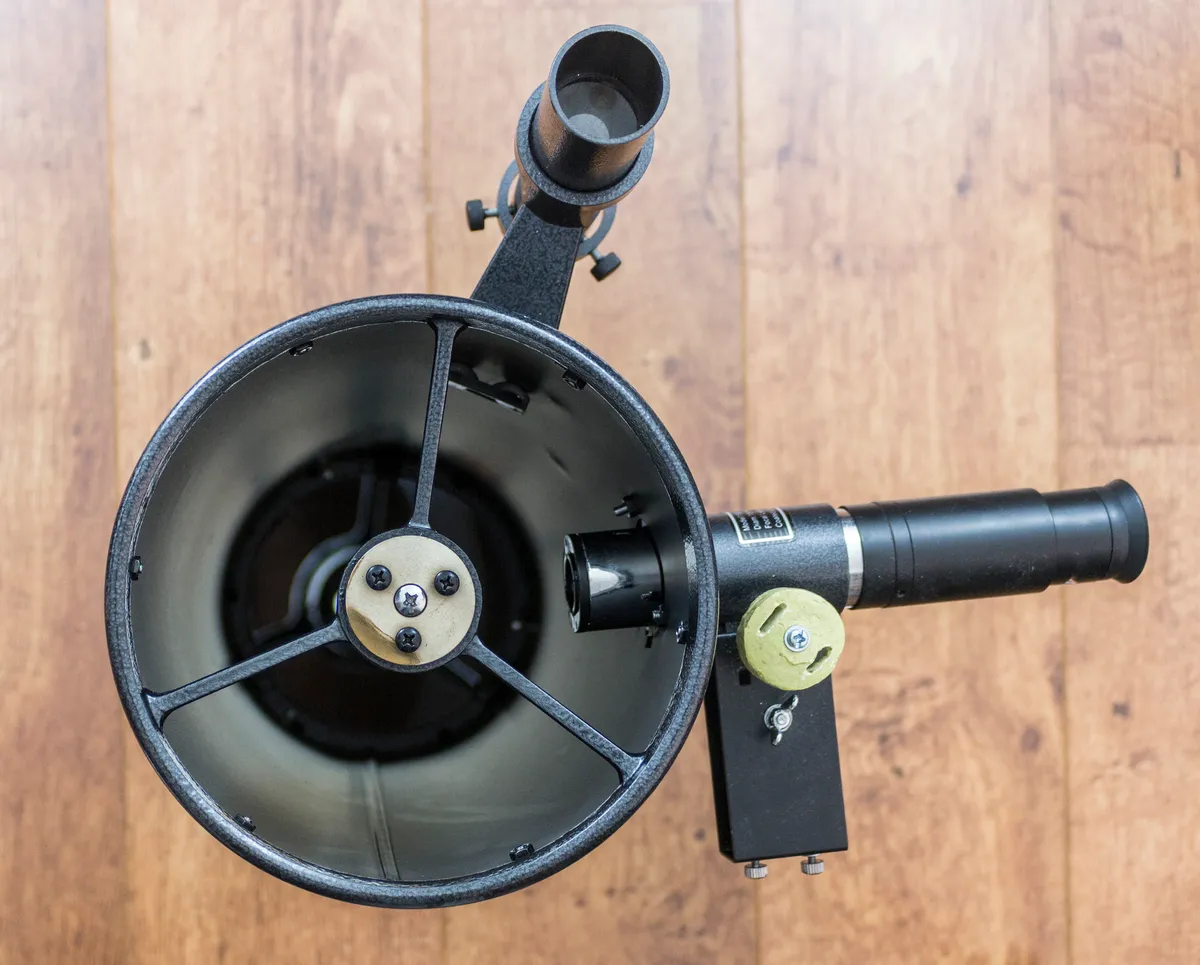Diffraction spikes is the name given to the pointy spikes seen emanating from stars in images of space.
When light from a bright object like a star passes across any straight edge, it is bent or ‘diffracted’ very slightly.
This diffraction is manifested in the form of bright spikes extending from the core at 180° from one another.
That's what's happening in the case of spikes around stars in images: it's to do with how the light from a star interacts with the optical structure of a reflecting telescope.

A typical example is the bright lines produced by the spider vanes that support the secondary mirror in a Newtonian reflector, where each vane produces two spikes.
Most secondary mirror supports have four vanes, but you only see four spikes because the second set are coincident with the first.
However, a spider vane with only three vanes will clearly show the ‘missing’ spikes resulting in six spikes being visible.

Wide-field images captured using a camera lens often show multiple diffraction spikes caused by the leaves of the camera’s aperture iris, so a 7-leaf iris will produce 14 spikes.
One of the key ways of telling a Hubble Space Telescope image from a James Webb Space Telescope image, for example, is the diffraction spikes.
Hubble images show 4 diffraction spikes around stars, while Webb images have 8 diffraction spikes.

How to create diffraction spikes in your images
Diffraction spikes are created naturally by reflectors that employ spider vanes to hold the secondary mirror in place.
However, some imagers like the effect of these spikes even though their telescopes don’t produce them, and there are several ways of adding them to your images.
Stretching two lines of fishing trace at right angles to one another across the front of a refractor will create diffraction spikes.
Alternatively, a wide range of different diffraction effects can be added to any star image using the ProDigital StarSpikes Pro plugin for Adobe Photoshop, Corel PaintShop, Photo-Paint, ComputerInsel PhotoLine and other image processing software.
Email your astronomy queries to Steve at contactus@skyatnightmagazine.com and your question could be answered in a future issue of BBC Sky at Night Magazine.

